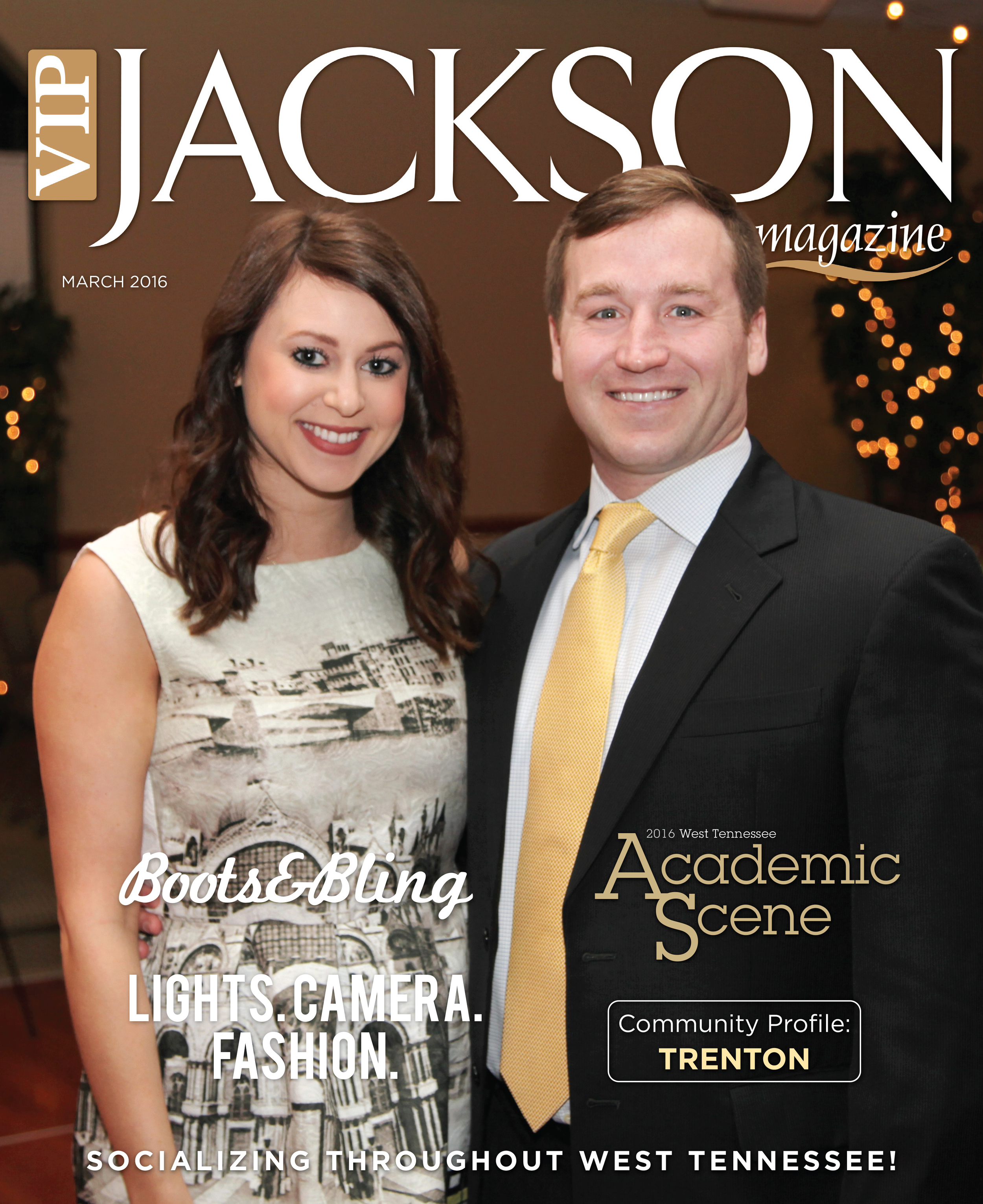The Art of Living: Dixon Blooms
/A Celebration of Spring
Story by Lyda Kay Ferree, The Southern Lifestyles Lady. Photography courtesy of the Dixon Gallery & Gardens.
Spring has arrived at the Dixon Gallery and Gardens! The tulips are in bloom, the trees are leafing out, and I can’t think of a better place to spend the official start of the season.
You will enjoy the colorful blooms of spring as the garden takes off in typical Dixon fashion. Dixon Blooms: A Celebration of Spring began in 2009 with 20,000 bulbs.
“Our magnificent mixed bulb display will delight and charm you with bursts of color in April and May throughout the gardens,” said Chantal Drake, Director of Communications for the Dixon Gallery and Gardens. “Along with the usual masses of tulips and daffodils other bulbs of interest will celebrate spring, from allium to squill, anemone to camacia, and Dutch iris to muscari. At least 100,000 daffodils were planted this past fall for your spring enjoyment. Come and savor all that this season has to offer.”
Dixon Blooms: A Celebration of Spring began in 2009 with 20,000 bulbs,” stated Dale Skaggs, Director of Horticulture for the Dixon.
Reflecting Mr. Dixon’s English heritage, the gardens were landscaped in the manner of an English park with open vistas adjacent to smaller intimate formal spaces.
The gardens were designed to take advantage of the fine tree specimens and to preserve the integrity of the woodlands. Pathways linking different parts of the garden together reveal only a portion of the garden at any one time. The tree canopy, comprised mainly of oaks and hickories, became the framework for the garden design based upon a formal cross-axis plan.
Memphis Garden Club Cutting Garden
“No occupation is so delightful to me as the culture of the earth, and no culture comparable to that of the garden.”
Built in 1998, the Memphis Garden Club Cutting Garden is a working flower farm with something in bloom nearly twelve months of the year. The floral arrangements you will see in the museum are usually created from flowers grown in the Cutting Garden and greenhouse-grown flowers. There are as many as thirty different types of plants and flowers growing at one time in this area, including displays of roses, annuals, and perennials. The conservatory houses the Dixon’s collection of tropical plants, and the fountain designed by Alabama sculptor Frank Fleming is an expression of the four seasons. The small slab of slate leading up to a frog sculpture was added to allow newborn frogs to climb from the fountain.
Woodland Garden
At two acres, the largest of gardens that make up the Dixon’s property, the Woodland Garden is a canopy of oaks and hickories, understory dogwoods, ferns, wildflowers and other plants native to the Mid-South. On the north side of the garden, a water feature is made up of three ten-foot interlocking rings which illustrates the relationship between people, plants and water quality.
Formal Gardens
The Formal Gardens are an area of peaceful seclusion at the Dixon. Surrounded by four species of boxwood, the Formal Gardens exhibit “sacred geometry,” a design with origins in ancient Persia. The Formal Gardens are composed of three rooms: the first, at the north end, is planted with seasonal color; the second contains a bronze planter supported by cherubs that the Dixons brought back from one of their travels; the third is home to two large and noteworthy Camellia japonicas which bloom red and pink and are quite old.
History of the Dixon Gallery & Gardens
Founded in 1976 by Hugo and Margaret Dixon, the Dixon Gallery and Gardens is a fine art museum and public garden distinguished by its diverse and innovative programs in the arts and horticulture. The Dixon features a permanent collection of over 2,000 objects, including French and American Impressionist paintings and significant holdings of German and English porcelain. The museum organizes and presents eight to ten exhibitions every year, the diversity of which appeals to visitors of all ages. The Dixon’s seventeen-acre campus is a highly regarded public garden that includes formal spaces, woodland tracts, and cutting gardens. The Dixon is accredited by the American Association of Museums and is a member of the American Public Gardens Association and Botanical Gardens Conservation International.
The Dixon Gallery and Gardens is celebrating its 45th anniversary this year.
“What distinguishes the Dixon from any institution in the country is the very high quality of the works of art in our collection and the excellence of our gardens program.”
Recently I had a delightful visit with Kevin Sharp, The Linda W. and S. Herbert Rhea Dixon Gallery Director.
VIP: Were the Dixons lovers of flowers and gardens?
Kevin Sharp: Yes, Mr. Hugo Dixon was English by birth, so he came by his love of gardens naturally and was very involved in the design of the gardens. If the Dixons returned here today, they would have no trouble navigating the property. We still adhere to the basic structure they established in the 1960s.
VIP: Did the Dixons have favorite flowers?
KS: They were partial to any number of things. They loved boxwood, and they planted loads and loads of azaleas. Probably they came by that affection by being in the Memphis area. Interestingly they planted a good many hemlock trees on the property, perhaps because they consulted a book on Tennessee and did not realize that hemlock trees flourish in the Smoky Mountains and not in Memphis!
VIP: Give our readers an overview of the gardens.
KS: For the last several years we have been very committed to creating fabulously beautiful displays from flower bulbs. This year we have planted daffodils and crocus. In the fall we planted over 60,000 new bulbs for your spring enjoyment. It will be a beautiful explosion of yellow and white flowers! The gardens will be in the peak of bloom in the first weeks of April through the month of April. Our spring is running at least 2-3 weeks later than it normally does.
In 2019 we opened the Liz and Tommy Farnsworth Education Building before the pandemic. Hopefully in a few months it will be very active. Around this building we created an acre of new gardens supported by a variety of generous donors. They are wonderful learning gardens and include sensory experiences, a butterfly garden, a charming little greenhouse, a water feature, and an outdoor classroom. It’s just delightful!
VIP: What may visitors expect to see this spring and summer in the gardens?
KS: We will see daffodils, tulips, azaleas and dogwoods in flower. The camellias are over at this point, the fragrant paper bush plants are blooming now and are beautiful (Dale Skaggs, our Director of Horticulture, discovered this plant when he visited Oregon.). The cherry trees that line Cherry Road leading into the Dixon will soon be in the peak of bloom. They have year-round interest blooming into the winter. You may see some plein air artists painting and sketching on the grounds of the Dixon.
VIP: What are the favorite areas of the garden?
KS: It depends upon the time of the year. The Memphis Garden Club Cutting Garden at the entrance to the garden is a great favorite. It is where we plant flowers for cutting stems for the arrangements that go into the residence and the foyer of the museum. It is always a riot of color! We will see hundreds of visitors every day during the spring months.
VIP: May visitors purchase any of the plants and flowers they see when they tour the gardens?
KS: Not as a rule except during the Plant Sale held April 15-17.
VIP: Are tours of the gardens offered?
KS: Oh yes, always! You may find out how to schedule a tour by visiting our website: www.dixon.org or by calling Sarah Catmur at (901) 312-1271. For individuals we host tours every Tuesday at 2 pm and every Sunday at 2 pm. Sara also coordinates group tours.
VIP: What is the current art exhibit at the Dixon?
KS: America’s Impressionism, a beautiful show at the Dixon Museum, will run into the month of May.
VIP: Tell our readers about the café and gift shop at the Dixon.
KS: In 2016 we opened a new café called Park & Cherry (our museum address). We have enlarged this café (no reservations needed) since it opened. It offers wonderful salads, chicken salad and other sandwiches and more. The menu changes quarterly. No reservations are required. The café hours are 10am-4:30pm Tuesday through Saturday and 1-4:30pm on Sunday. A small gift shop is now located in the café.
VIP: How does one become a member of the Dixon Gallery & Gardens?
KS: Becoming a member of the Dixon is a tremendous value, but it’s also a great way to support this institution. Contact Mary Kathryn Davis at (901) 312-1256 or visit www.dixon.org and sign up for a membership there.
What to Know
Dixon Gallery and Gardens
4339 Park Avenue, Memphis, TN 38117
(901) 761-5250
www.dixon.org
Hours of the Dixon Gallery and Gardens: Tuesday-Saturday: 10am-5pm and Sunday: 1-5pm. The museum and gardens are open to everyone.














































